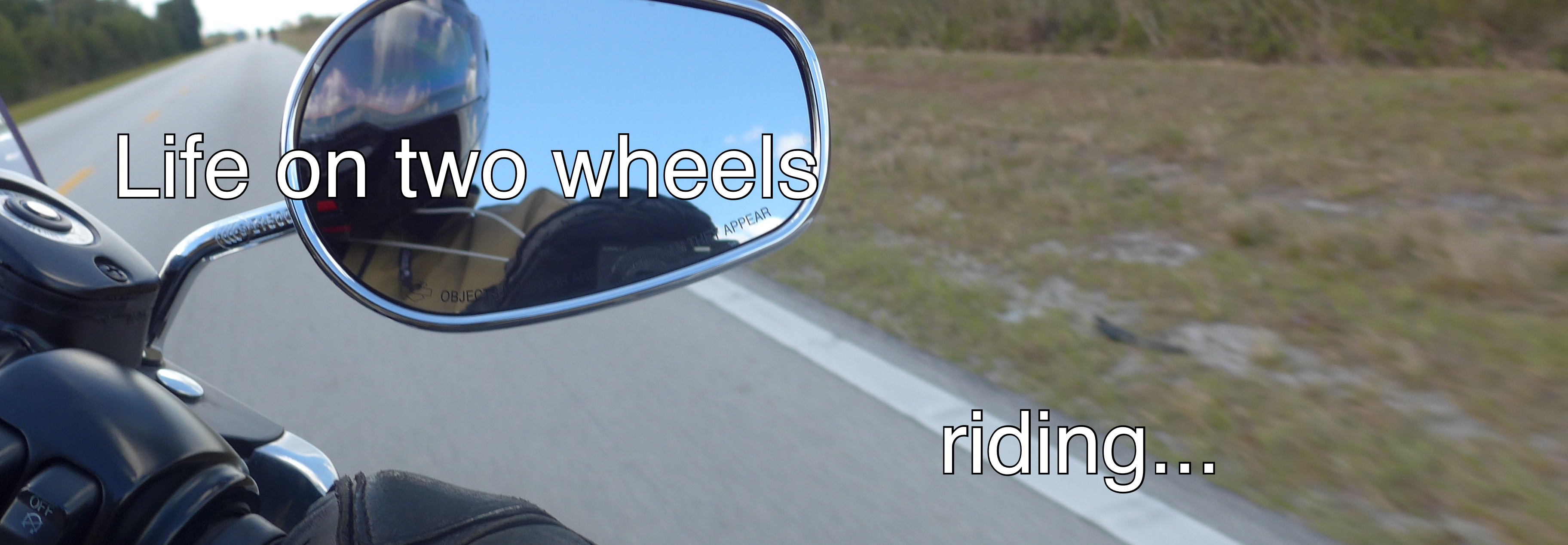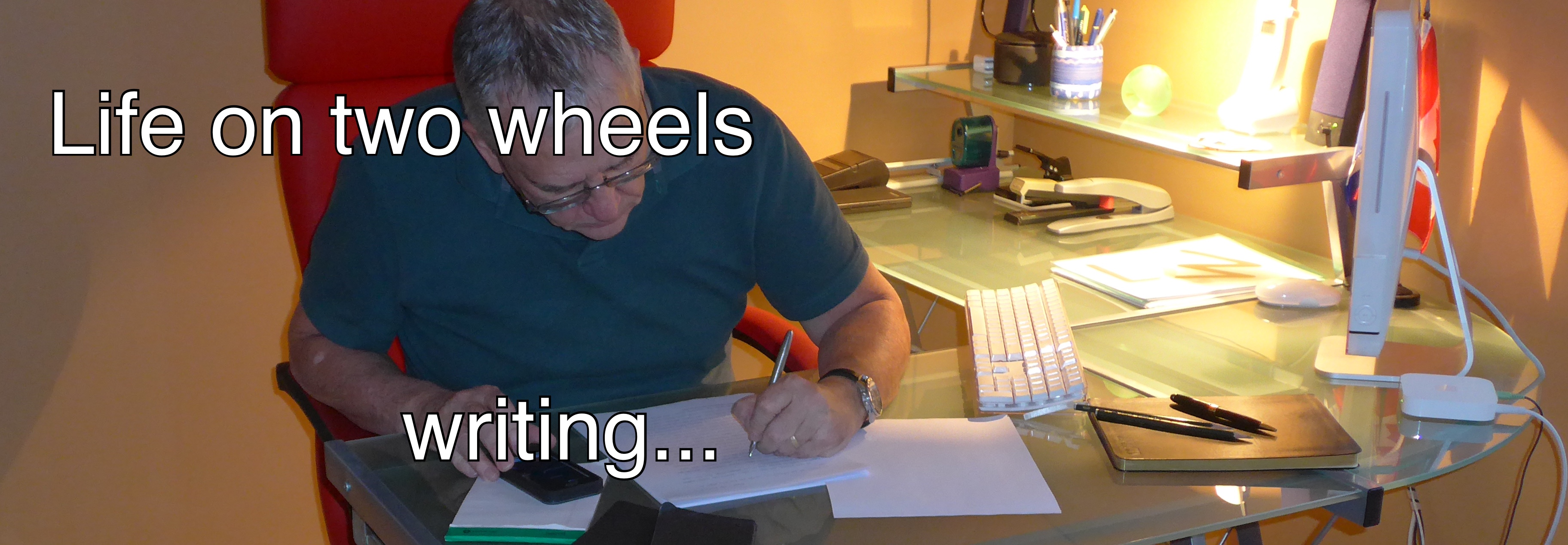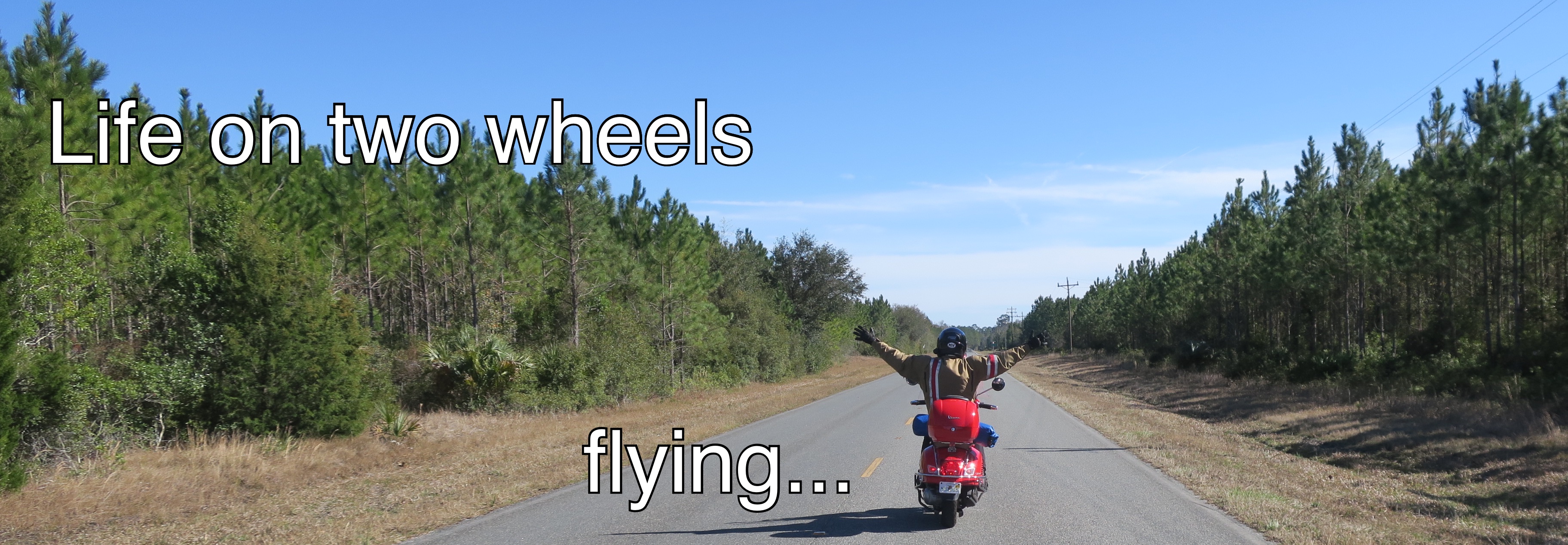Refueling Vespas can be tricky. Unless you don't mind splashing gasoline everywhere with liberal doses over whatever you might have in the pet carrier. Then it's easy.
Refueling the Vespa GTS is even trickier than refueling the Vespa LX. You see, the design of the fuel filler and surrounding area on the GTS is particularly good for getting unwanted fuel in the pet carrier.
For the uninitiated, the 'pet carrier' is the unofficial name of the underseat bin, so called because the manufacturer puts a sticker there that says "no pets". Go figure.
Overfilling the gas tank can also contaminate the fuel evaporation control system and cause some form of engine failure.
The correct way to fill the tank is to point the pump handle to the rear of the bike. Fill slowly until the automatic shutoff kicks in, then resist the temptation to add more fuel.
While that recipe will generally prevent fuel spills, there could still be a splash-back from the hose. To keep fuel out of the pet carrier, here's the trick. Lift the pet carrier and prop it up with the gas cap. This gives you a good place for the gas cap and prevents gas from entering the pet carrier and contaminating your gloves, hoody, or lunch. Win-win.
Easy-peasy.








.JPG)


10 comments:
David, this is a very smart solution. Thank you. I rather under fill not to spill, but I am going to try your technique.
By the way, the 'no pets' sticker does not exist in Europe...
It makes you wonder whether some pet in America was harmed. It might be the alarming trend of purse-dogs, those itty-bitty pooches that live in the purses of some people, in grave danger of evolving out of their legs in the next few hundred years should the trend continue. Maybe some of those people were tossing their purses in the bin.
I'm glad the tip helps. I can't take credit, the credit all goes to ModernVespa.com.
David:
Now I've got pet carrier envy.
bob
Riding the Wet Coast
I use the the technique you describe (except the pet carrier propping) and add to it a careful listen to the fueling sound. There are some places where the auto-shutoff just doesn't work so well.
Just like my fuel gauge.
After I fill the tank I reset the trip odometer. When I hit 70 miles I start looking for fuel even though I can run a lot farther past that point.
Steve Williams
Scooter in the Sticks
Awesome tip. I have been removing the pet carrier completely when I fill up, I'm going to try your technique this afternoon.
There's only one solution Bob. Follow the lead of many other MC folks and get a Vespa as your city ride. Simple.
Steve, I was disappointed when I saw that Piaggio discontinued the digital dash with all its nice little amenities like the thermometer and the trip odometer.
Oddly, I think I now kind of like the analog version just because it's more in keeping with the vintage Vespa look.
If the gauges were accurate on the digital version, I'd be seriously envious. It's a great comfort to know that the information is, at best, a version of reality.
Shad, glad to help.
It was nice to see you pop up on MV.
You dont think is a bad idea to let petrol go down under the pet carrier strait in to a hot engine ???
True, but that’s more to do with the design of motorcycles generally.
With most motorcycles, the fueling point is directly above larger hot cylinders and there is nothing to deflect an overflow.
In the case of Vespas, the cylinder is at the opposite end of the engine bay. At the back end where the fuel goes there is mostly free space and at best the conditions are warm, never hot.
Finally, when you aren’t paying attention and you do overflow, which coincidentally I did this morning, the gasoline just spills on the outside of the bike and only a few drops might enter the engine bay, if any. One thing for sure, no gasoline spills into the underseat compartment.
Post a Comment